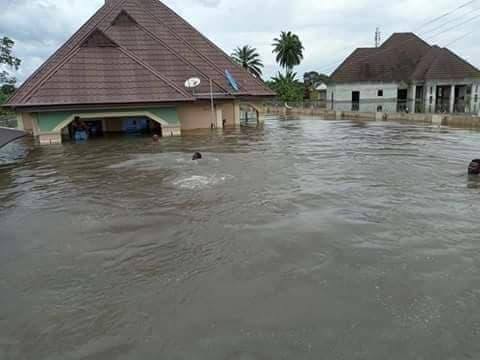A new report just released by the National Bureau of Statistics ( NBS), shows that only 1.5 percent of households affected by the devastating 2022 floods received government assistance despite the significant impact of the floods on households. About 300 persons were said to have been killed by the flood while 100,000 others were displaced.
The report, Nigeria Flood Impact, Recovery and Mitigation Assessment Report 2022-2023, which is the outcome of a survey conducted by NBS in collaboration with the National Emergency Management Agency (NEMA) and the United Nations Development Programme (UNDP), covered six states including, Anambra, Bayelsa, Delta, Jigawa, Kogi and Nasarawa, which accounts for a significant proportion of the total population affected by the 2022 floods.
It said that 89.6 percent of households affected did not receive support during the floods, adding that only 8.0 percent received assistance, with family and friends being the most common source of support.
About 64 percent of Nigerian households were said to have been affected by the 2022 flood disaster that swept across many states. The flood caused extensive losses to lives and livelihood and the disruption of essential services and economic activities.
The report said both agriculture and non-agricultural sectors were severely affected leading to substantial income losses and undermining food security and sources of income.
To mitigate future occurrence, the report recommended that government should adopt early warning systems and flood preparedness, including through community engagement, and targeted awareness campaigns for high-risk communities and
infrastructure and land-use planning including through coordination between federal and state-level disaster risk reduction ministries, departments and agencies.
According to the report, “Some of the key recovery strategies recommended include flood risk financing and insurance, development of a post-disaster recovery and rehabilitation plan focusing on ensuring food security, safe evacuation disease control and livelihood support.”


